Foundation Repair Solutions
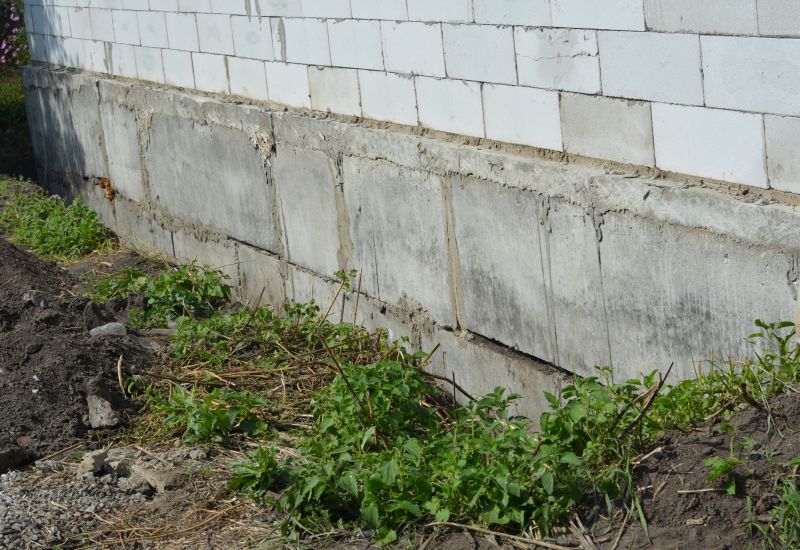
Dry weather allows for easier assessment of foundation issues without interference from moisture or mud.

Mild temperatures reduce the risk of materials expanding or contracting, ensuring better repair outcomes.
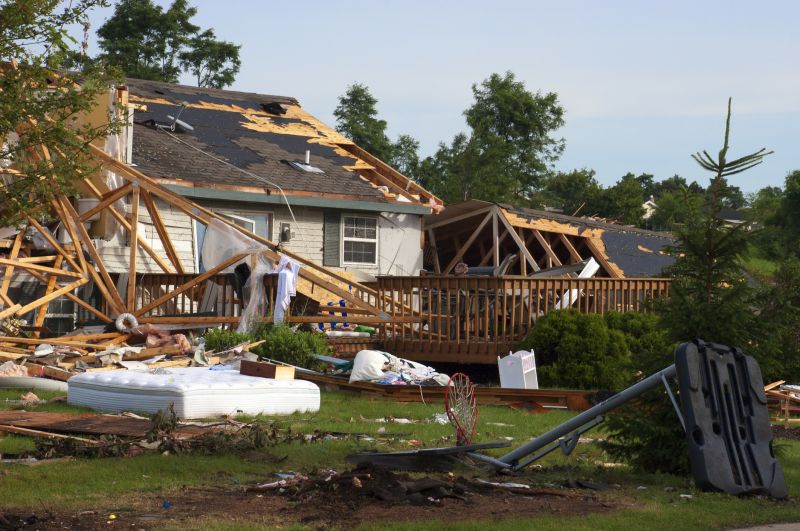
Heavy rain, snow, or freezing conditions can complicate repairs and affect material performance.
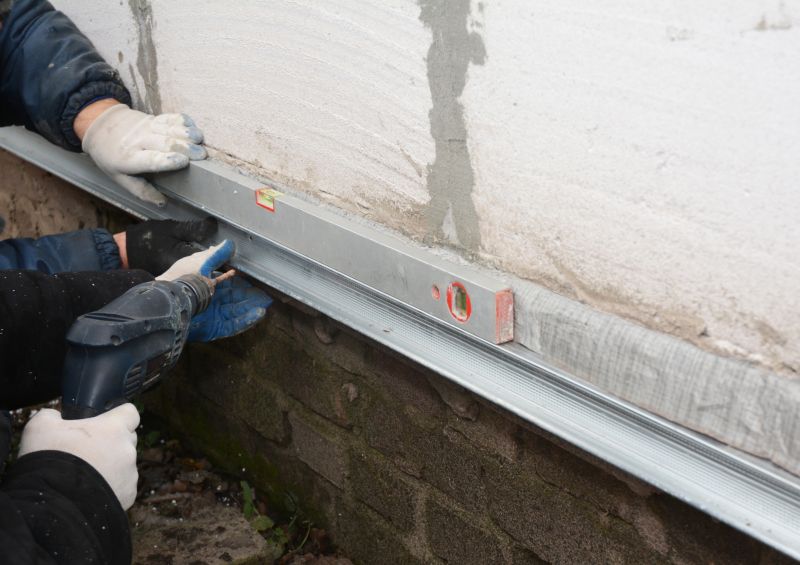
Spring offers moderate weather and stable soil conditions, making it an ideal time for foundation work.
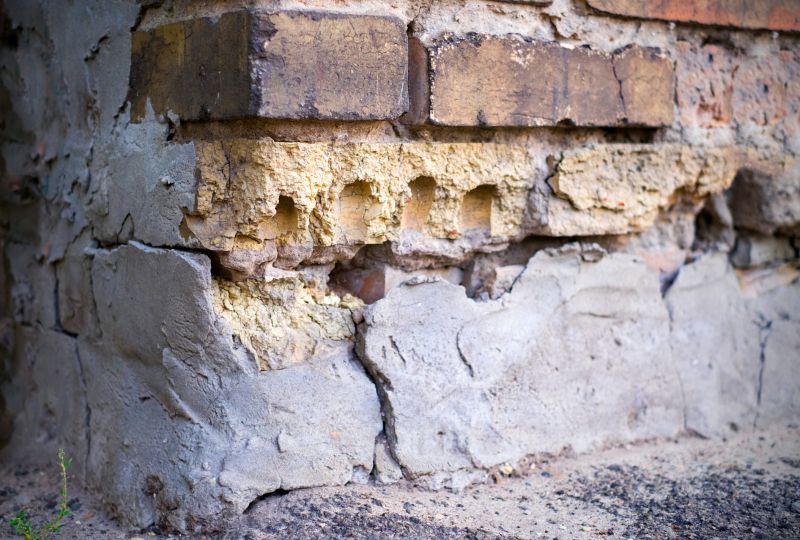
These seasons typically provide warm, dry conditions suitable for foundation repairs.

Timing repairs when soil is neither overly saturated nor excessively dry helps prevent future shifting.

Ways to make Foundation Repairs work in tight or awkward layouts.
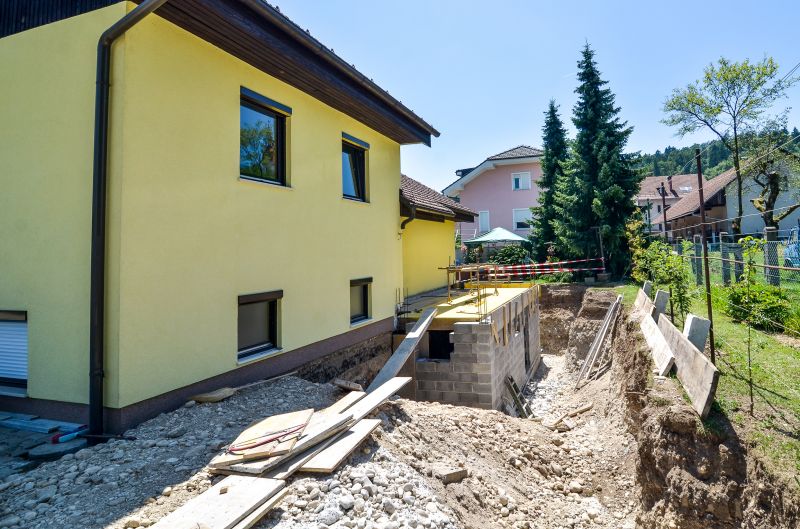
Popular materials for Foundation Repairs and why they hold up over time.
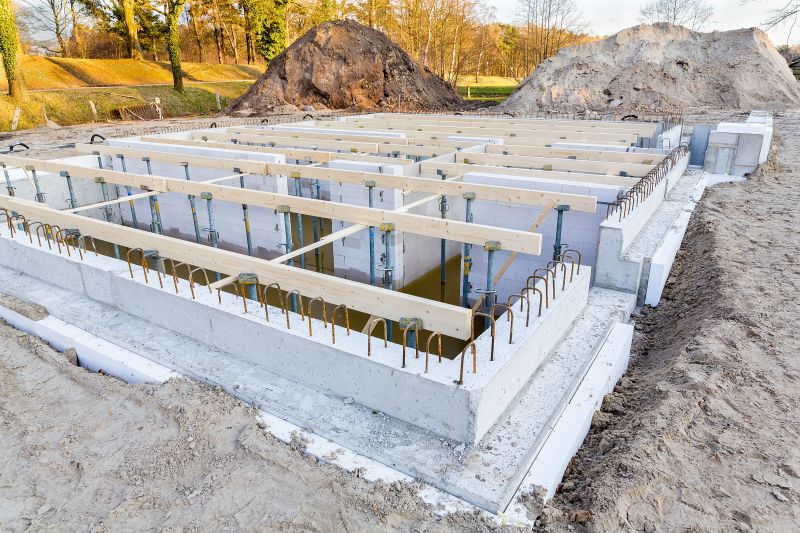
Simple add-ons that improve Foundation Repairs without blowing the budget.
Foundation repairs are critical for maintaining structural integrity and preventing further damage to a property. Addressing issues promptly can save costs and extend the lifespan of the building. Common problems include settling, cracking, and shifting caused by soil movement, moisture fluctuations, and poor construction practices. Regular inspections can identify early signs of foundation distress, enabling timely intervention.
Statistics indicate that foundation issues affect approximately 20% of homes in regions with variable soil conditions. Proper timing of repairs can improve the success rate of stabilization efforts. Seasonal factors influence soil behavior, with dry periods reducing the risk of additional movement and wet seasons potentially exacerbating existing problems. Understanding local climate patterns is essential for scheduling foundation work effectively.
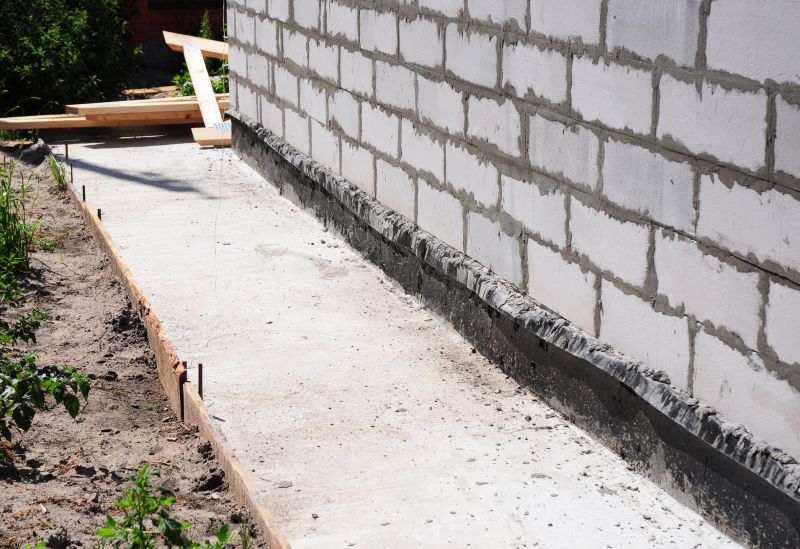
A step-by-step approach involves inspection, soil analysis, stabilization, and reinforcement to ensure long-term stability.
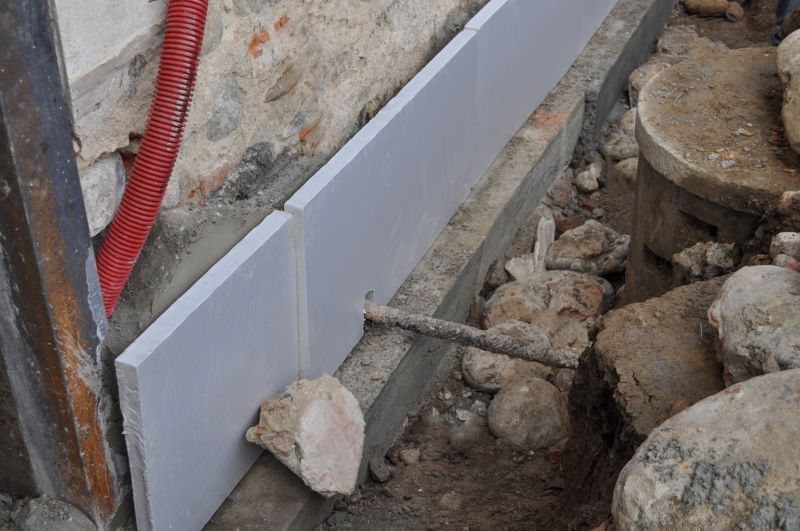
Methods include piering, underpinning, and mudjacking, tailored to specific foundation conditions.
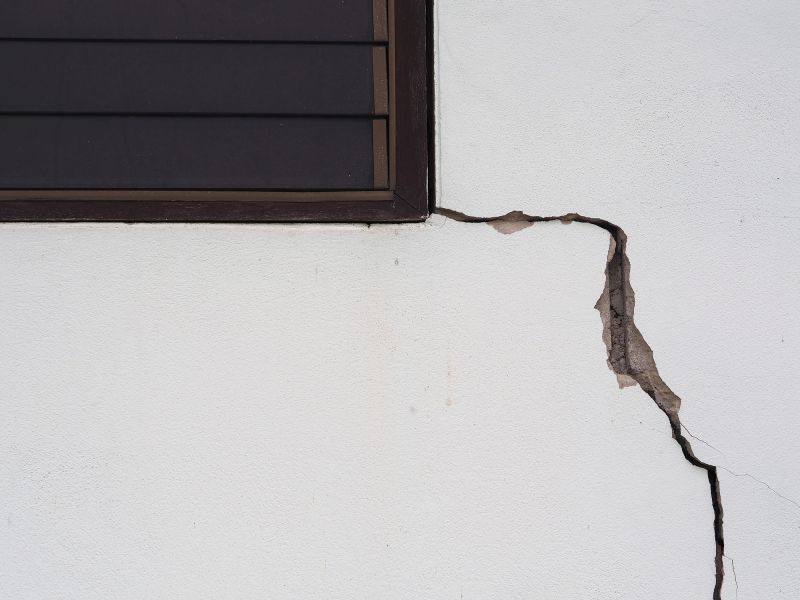
Cracks in walls, uneven floors, and sticking doors are common indicators of foundation issues.
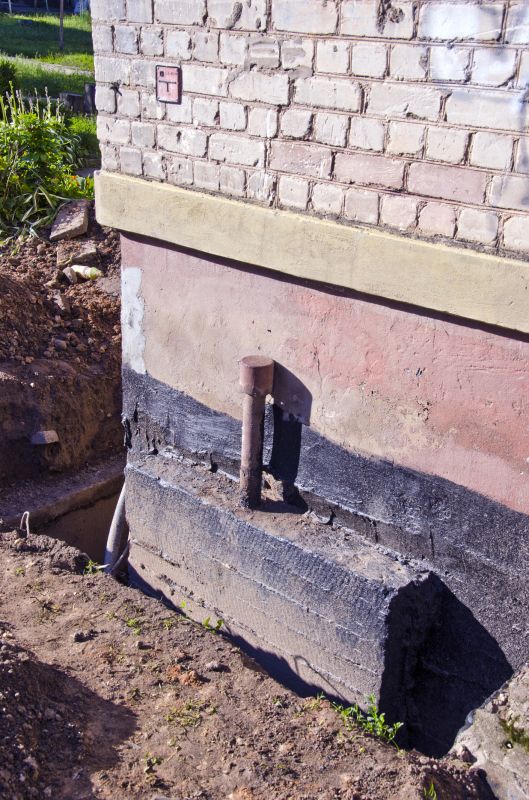
Clay, silt, and sandy soils each behave differently, influencing the timing and method of repairs.
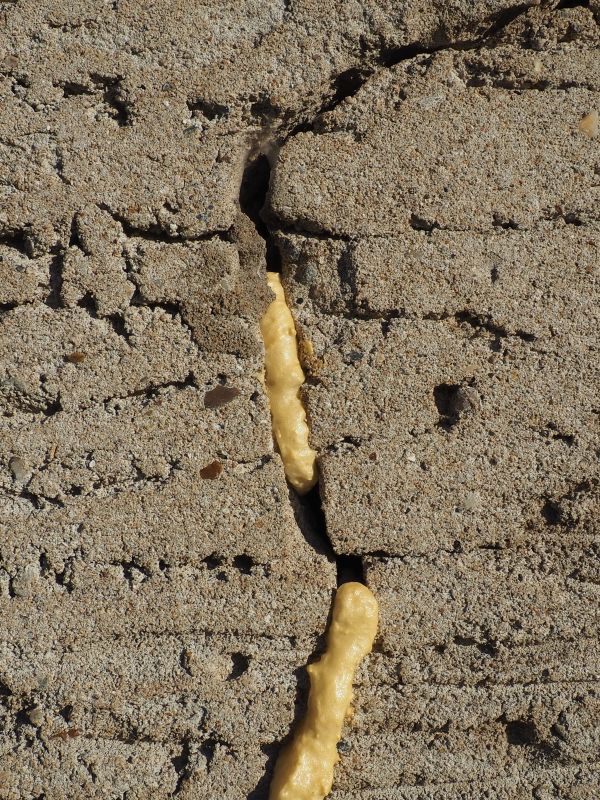
Concrete, steel, and polyurethane foam are typical materials selected based on repair requirements.
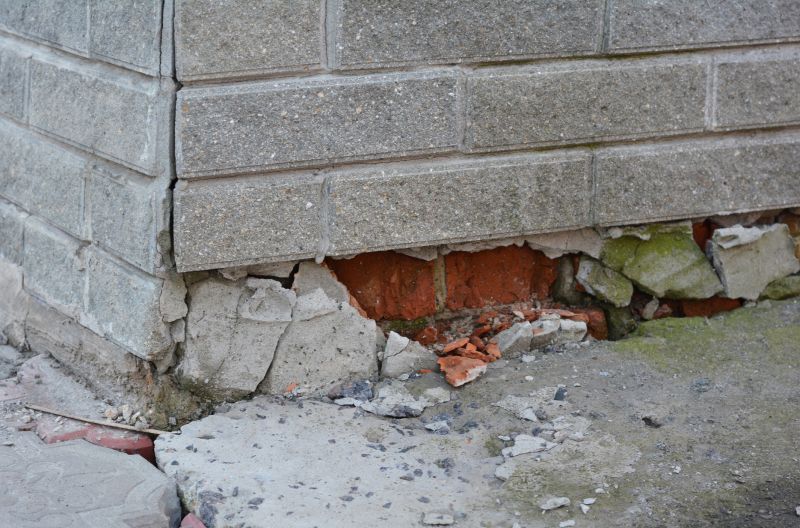
Early intervention can prevent costly structural damage and improve property value.
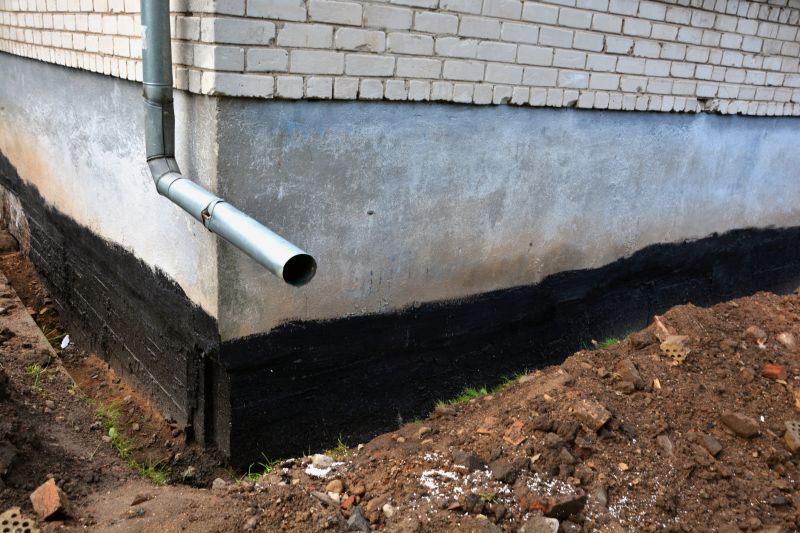
Regular inspections and proper drainage help maintain foundation stability over time.

Expert evaluation ensures appropriate repair methods and timing for long-lasting results.
| Season | Advantages | Considerations |
|---|---|---|
| Spring | Moderate weather, stable soil | Risk of rain delaying work |
| Summer | Warm, dry conditions | High soil moisture from recent rains |
| Fall | Ideal for mild weather | Approaching winter may cause delays |
| Winter | Limited options | Generally not suitable due to cold and frozen ground |
Choosing the right time for foundation repairs depends on local climate and soil conditions. Spring and early fall are typically preferred for their moderate temperatures and manageable moisture levels. Planning repairs during these periods can enhance the effectiveness of stabilization efforts and reduce the likelihood of weather-related delays.
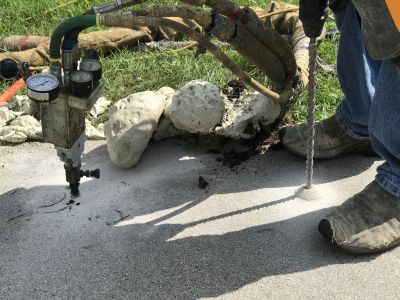
Specialized tools and machinery facilitate precise stabilization and underpinning.
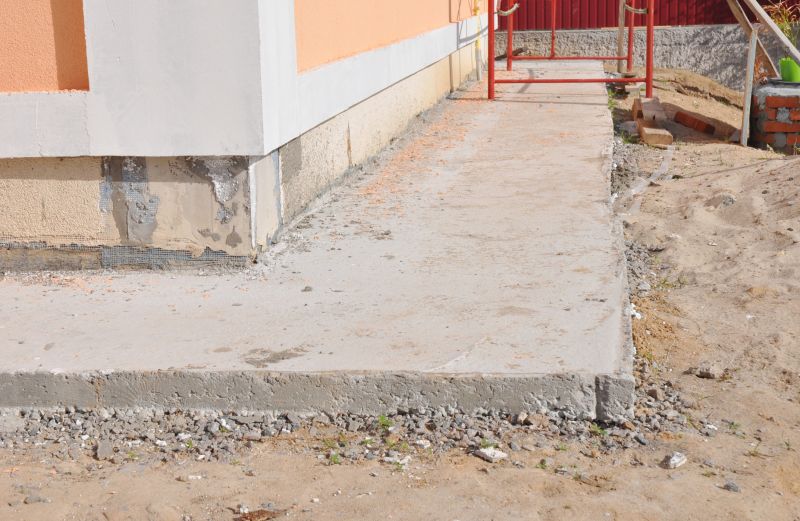
Visual evidence of structural improvements following appropriate repair techniques.
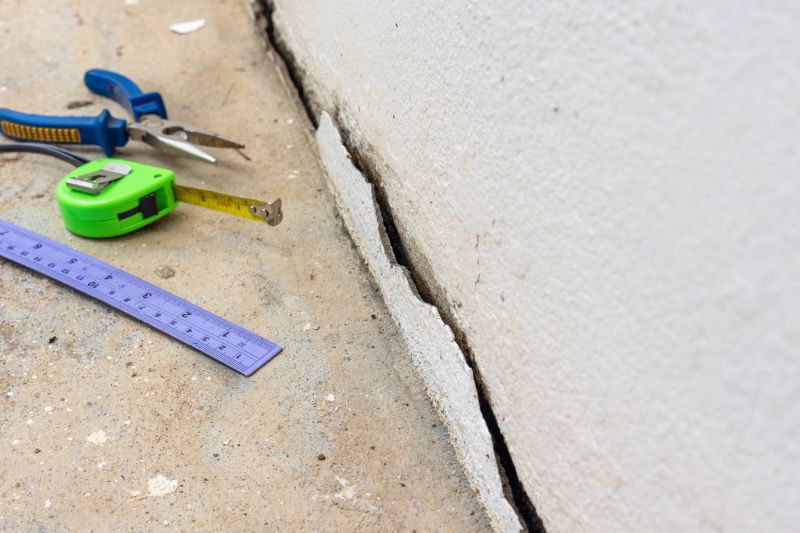
Laboratory analysis helps determine appropriate repair methods based on soil behavior.
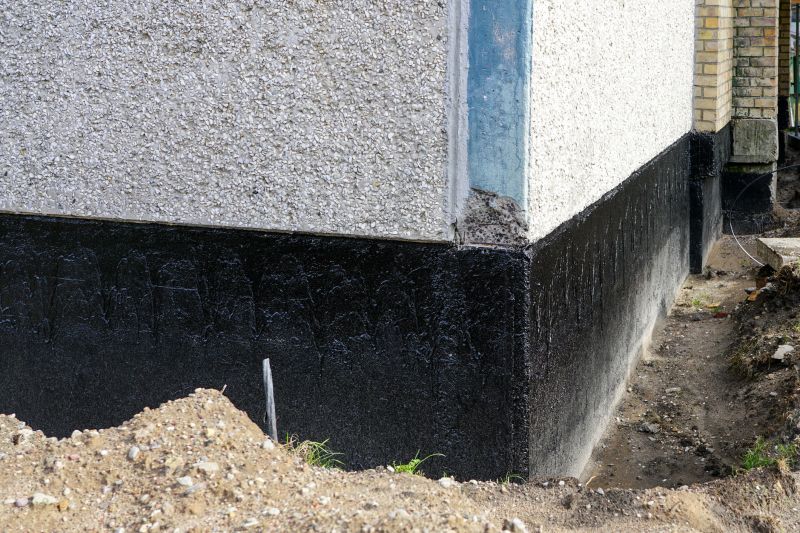
High-quality materials ensure durability and long-term stability of repairs.
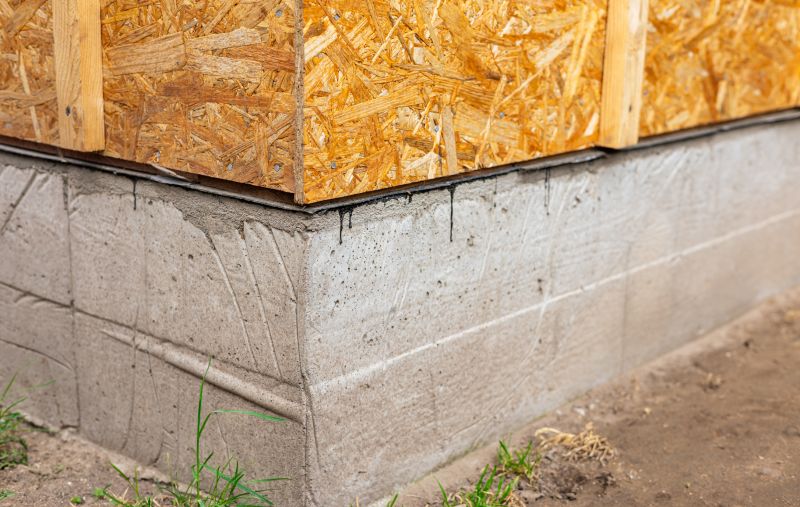
High-end options that actually feel worth it for Foundation Repairs.
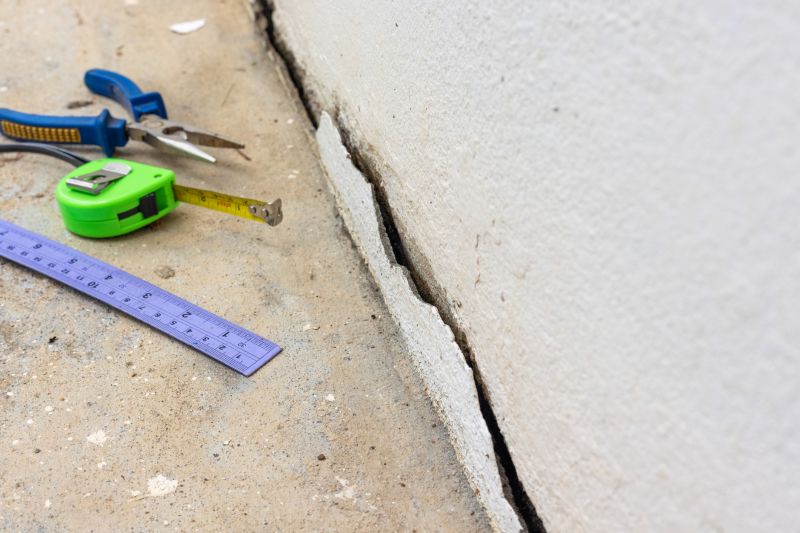
Finishes and colors that play nicely with Foundation Repairs.
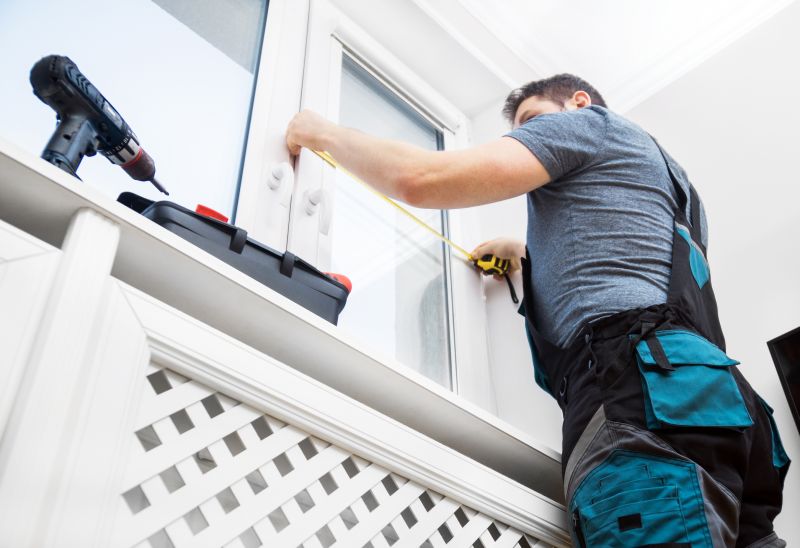
Little measurements that prevent headaches on Foundation Repairs day.
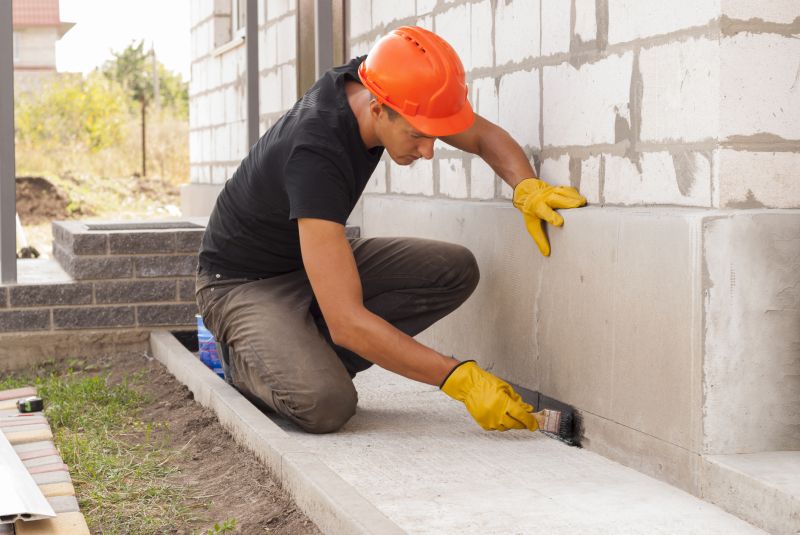
A 60-second routine that keeps Foundation Repairs looking new.
Interested property owners are encouraged to contact for assessments and planning. Proper timing and expert evaluation are essential for effective foundation repairs. Filling out the contact form provides an opportunity to discuss specific needs and schedule inspections aligned with optimal seasonal conditions.
A frequent mistake in Foundation Repairs and how to dodge it.
Small tweaks to make Foundation Repairs safer and easier to use.
Lower-waste or water-saving choices for Foundation Repairs.

